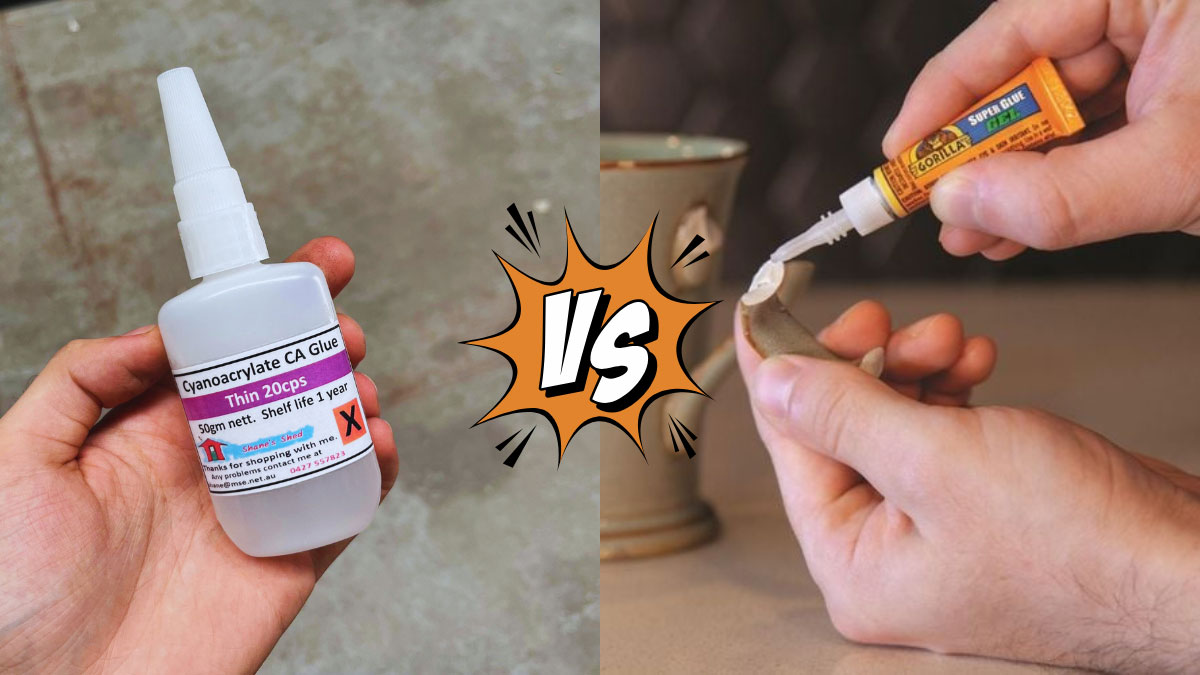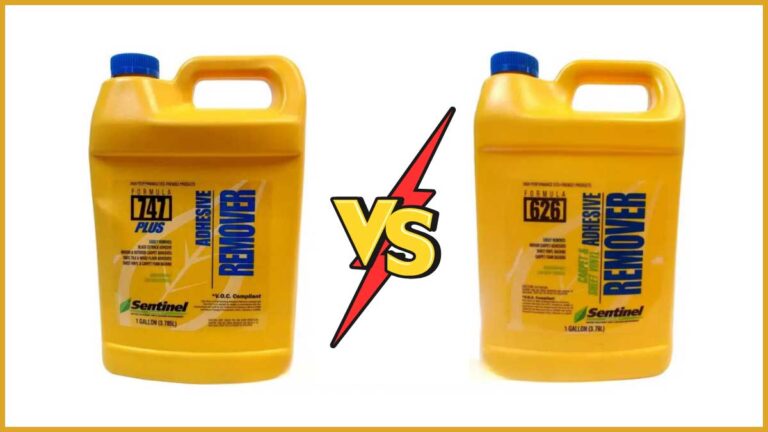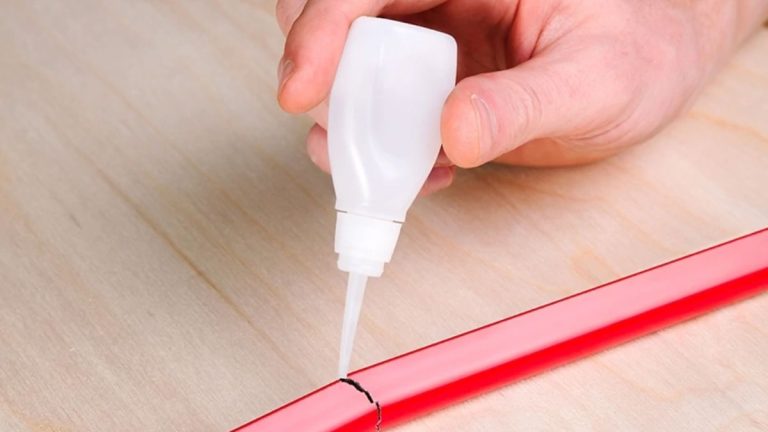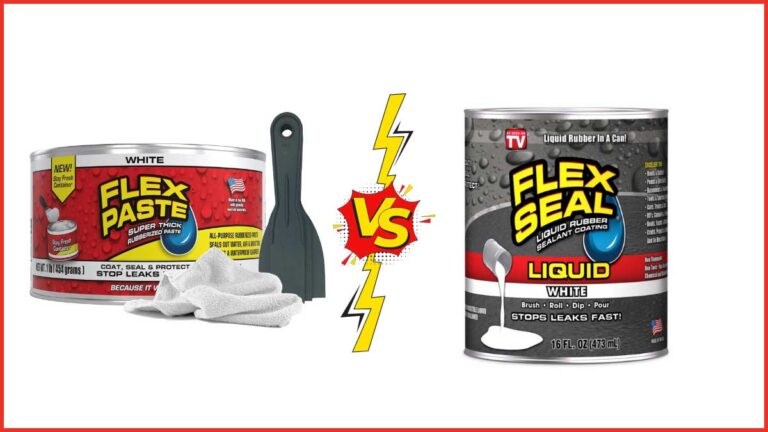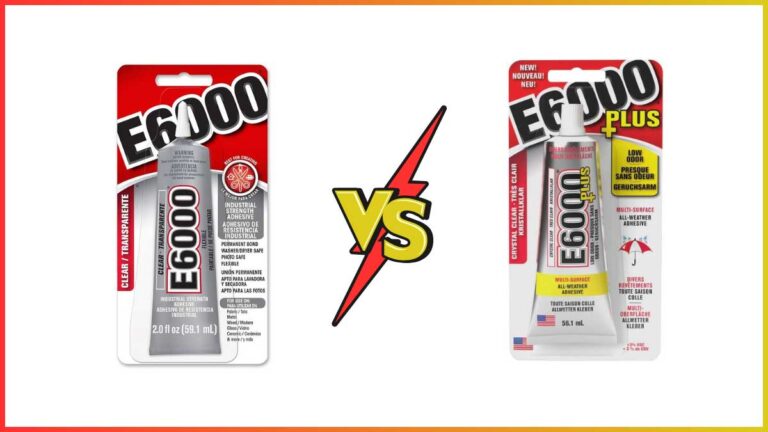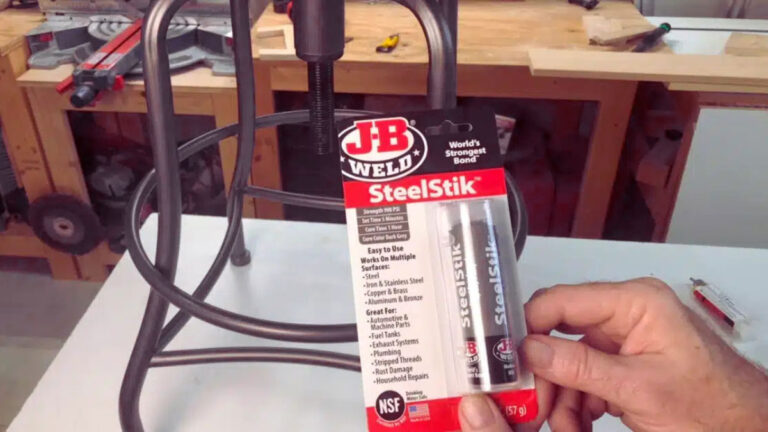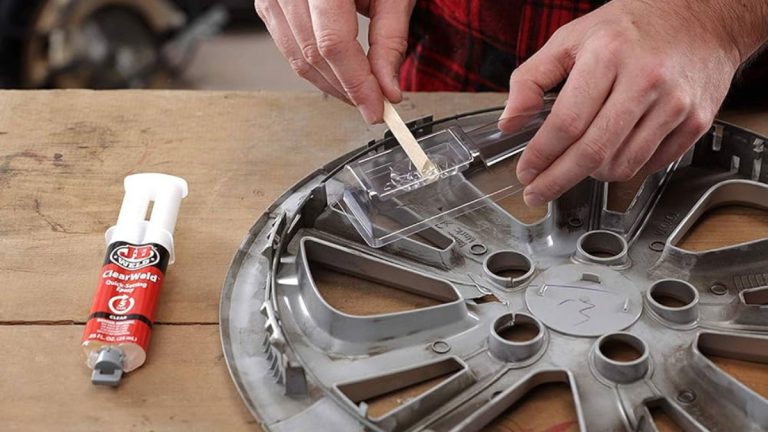CA Glue vs Super Glue: Key Differences and Best Uses Explained
When it comes to quick fixes and strong bonds, CA glue and super glue often top the list. But have you ever wondered what sets them apart? While both adhesives promise a fast and durable bond, understanding their differences can help you choose the right one for your project.
Key Takeaways
- Chemical Composition: Both CA glue and Super Glue are cyanoacrylate adhesives; CA glue is a generic term often used in DIY and model-making, while Super Glue is a well-known brand name.
- Viscosity Levels: CA glue comes in different viscosity levels—thin, medium, and thick—each suited for specific applications, such as close-fitting surfaces, general purposes, and gap filling.
- Drying and Cure Time: Both glues dry quickly, with CA glue’s drying time varying by viscosity. An activator can speed up the curing process in both types.
- Material Compatibility and Applications: Both adhesives bond well with multiple materials like metal, plastic, and wood, making them suitable for DIY projects, model-making, and more specialized uses such as automotive repairs and minor medical applications.
- Key Differences: While CA glue is generally more rigid once cured, Super Glue offers a bit more flexibility. Both adhesives perform well within a temperature range of -65°F to 200°F.
- Safety Tips: Proper surface preparation, careful application, and safety precautions like wearing gloves and ensuring proper ventilation are essential for achieving strong, durable bonds and avoiding health risks.
What is CA Glue?
CA Glue, also known as Cyanoacrylate, is a fast-acting adhesive used for creating strong bonds quickly. It’s chemically identical to Super Glue, but the term CA Glue is more commonly used in DIY and model-making circles, whereas Super Glue is a widely recognized brand name.
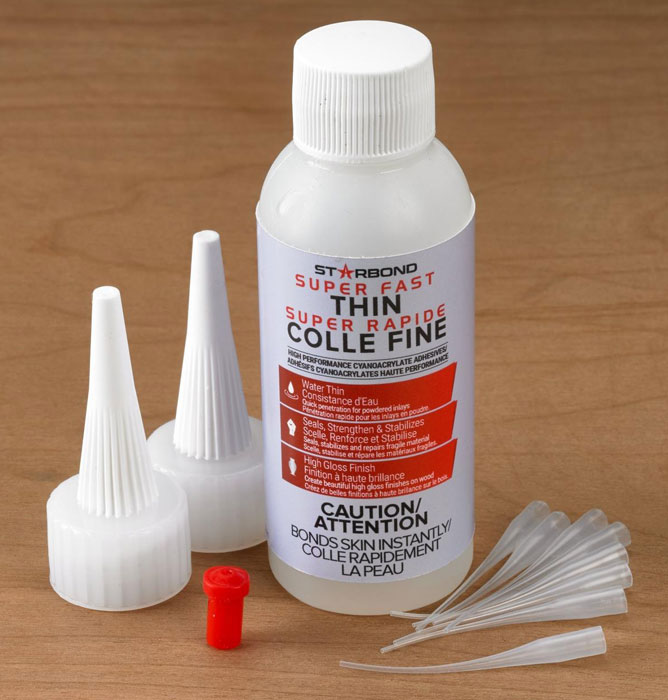
Types of Cyanoacrylate
Cyanoacrylate adhesives come in several formulations, characterized by their viscosity levels:
- Thin (Low Viscosity): Ideal for bonding close-fitting surfaces due to its fast-drying nature. It penetrates deep into cracks but offers a shorter open time.
- Medium Viscosity: A general-purpose glue suitable for a wide range of applications, balancing fast drying and longer open time.
- Thick (High Viscosity): Slower-drying, making it suitable for bridging gaps and filling voids.
| Type | Viscosity Level | Drying Time | Ideal Use Cases |
|---|---|---|---|
| Thin (Low) | Low | Fast | Bonding close-fitting surfaces |
| Medium | Medium | Moderate | General-purpose applications |
| Thick (High) | High | Slow | Bridging gaps, filling voids |
Advantages and Disadvantages
Advantages:
- Rapid Bonding: CA Glue creates strong bonds quickly, which speeds up project completion.
- Versatile: Works on various materials, including metal, plastic, and wood.
- Precision: Thin formulations can penetrate tight spaces and cracks effectively.
- Brittleness: Bonds can be brittle, making them susceptible to impact or stress.
- Skin Bonds: Can bond skin instantly, necessitating careful handling.
- Short Shelf Life: Cyanoacrylate adhesives degrade over time, leading to reduced efficacy.
Understanding these key points helps you make informed decisions about which type of adhesive best suits your needs, whether you’re working on a quick fix, detailed model-making project, or general DIY task.
What is Super Glue?
Super Glue, commonly known as cyanoacrylate, is a fast-acting adhesive renowned for its impressive bonding properties.
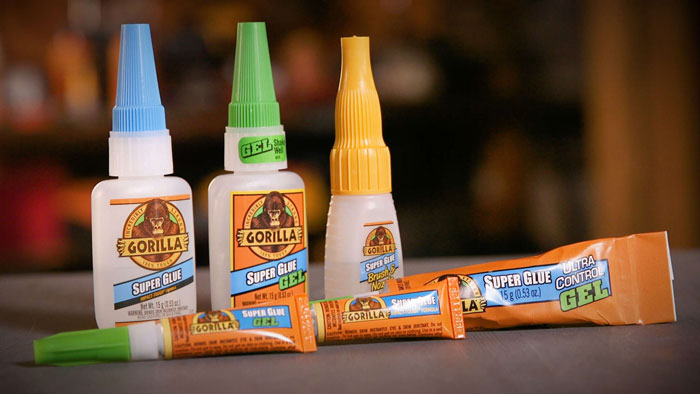
Key Features and Strengths
- Fast Bonding:
- Super Glue bonds almost instantaneously, often setting within seconds. Bonding speed varies based on environmental conditions like humidity and temperature.
- High Strength Bonds:
- The adhesive forms exceptionally strong bonds, surpassing other adhesives such as silicones or MS polymers. Bond strength depends on the specific grade and the materials being bonded.
- Material Compatibility:
- Super Glue is highly versatile, capable of bonding a variety of materials, including:
- Metals
- Wood
- Ceramics
- Glass
- Certain types of rubber and plastics
- The efficacy of the bond can differ across different glue grades.
Common Uses
Super Glue’s quick-setting and robust bonding capabilities make it ideal for various applications. Here are some common uses:
- DIY Projects: Perfect for quick household fixes.
- Model-Making: Preferred by hobbyists for its precision and strong holds.
- Medical Fields: Utilized in specific types of medical applications like closing small wounds.
- Crafting: Essential for detailed crafts requiring quick bonds.
- Automotive Repairs: Useful for minor repairs in vehicles, such as gluing trims or small components.
By understanding Super Glue’s key features and strengths, you can make the most of its versatile applications across different materials and projects.
CA Glue vs. Super Glue: Key Differences
Understanding the distinctions between CA glue and super glue helps you select the best adhesive for your projects. Though both consist of cyanoacrylate, they differ in application nuances.
Chemical Composition
- CA Glue: Known generically as cyanoacrylate adhesive, CA glue comes in various viscosities and formulations suited for different tasks.
- Super Glue: A brand name from Loctite, super glue refers to the same cyanoacrylate adhesive but is typically marketed as a one-size-fits-all solution.
Drying Time and Cure Speed
- Drying Time: Varies by viscosity.
- Thin Viscosity: Dries within seconds.
- Thick Viscosity: Takes up to a minute or more.
- Cure Speed: Can be accelerated with an activator, cutting drying time significantly.
Bond Strength and Durability
- Bond Strength: Both CA glue and super glue create strong bonds. Suitable for different materials, they excel in applications requiring quick fixes.
- Durability: Offers reliable bond strength for multiple surfaces, including metals and ceramics.
Temperature Resistance
- Operating Range: Both adhesives perform well between -65°F to 200°F. Beyond this range, their performance varies by formulation.
Flexibility and Rigidity
- Flexibility: Generally, CA glues are more rigid once cured. Super glue offers a bit more flexibility, making it suitable for items that experience minor movements.
| Feature | CA Glue | Super Glue |
|---|---|---|
| Chemical Composition | Cyanoacrylate | Cyanoacrylate (Branded: Loctite) |
| Drying Time | Seconds to a minute | Seconds |
| Cure Speed | Accelerated with activator | Standard, available accelerators |
| Bond Strength | Strong, varies by type | High strength |
| Temperature Resistance | -65°F to 200°F | -65°F to 200°F |
| Flexibility | Generally rigid | Slightly flexible |
By understanding these details, you can select the right adhesive for your needs, ensuring robust and lasting bonds in your projects.
Applications and Use Cases
When to Use CA Glue
CA glue offers versatility and strength across various applications. Consider the following use cases for CA glue:
- Hobby and Model Making:
- Bond Strength: CA glue forms a strong bond, suitable for intricate model parts.
- Viscosity Options: Select from thin (low viscosity) for tight joints, medium for general purposes, and thick (high viscosity) for gap filling.
- Woodworking:
- Quick Bonds: Ideal for tasks needing a rapid bond, such as jigs and fixtures.
- Filling Voids: Thicker versions fill small gaps and cracks in wood projects.
- Stabilizing Material: Useful for pen turning and guitar repairs by adding stability to small components.
When to Use Super Glue
Super glue, known for its strong and fast bonds, suits various household and practical uses. Key applications include:
- DIY Projects:
- Home Repairs: Fast fixes for broken ceramics, plastic items, and minor household repairs.
- Crafting: Reliable for attaching small decorative elements and completing craft projects quickly.
- Automotive Repairs:
- Minor Fixes: Repair small parts like cracked mirrors or loose trims with ease.
- Plastic Components: Effective for bonding various plastics found in vehicle interiors.
- Medical Applications:
- Wound Closure: In emergency situations, medical-grade cyanoacrylate can close minor cuts and wounds.
- Suture Alternatives: Often used as a suture alternative due to its biocompatibility.
| Feature | CA Glue | Super Glue |
|---|---|---|
| Viscosity | Thin, medium, thick | Generally medium |
| Bond Strength | Very strong, especially in hobbyist applications | Strong, suitable for household repairs |
| Drying Time | 5-60 seconds depending on viscosity | 10-30 seconds |
| Material Compatibility | Metal, wood, plastic, ceramics | Metal, plastic, ceramics, wood |
| Temperature Range | -65°F to 200°F | -65°F to 200°F |
| Flexibility | More rigid once cured | Slightly flexible post curing |
Use this information to choose between CA glue and super glue for your specific needs, ensuring optimal application and results.
Tips for Using CA and Super Glue
Successfully using CA and super glue involves proper surface preparation, application techniques, and adherence to safety precautions. These steps ensure strong, durable bonds for various materials and applications.
Surface Preparation
- Cleanliness: Ensure the surfaces are free from dirt, oil, and other contaminants. For metal surfaces, use isopropyl alcohol or acetone to clean them.
- Roughening: Lightly sand the surfaces to increase the bonding area. This is particularly important for smooth surfaces like wood or metal.
- Moisture: Cyanoacrylate adhesives cure when they come into contact with moisture, so ensure the surfaces are slightly moist but not wet.
Application Techniques
- Dispensing: Apply a small amount of glue; more is not better, as it can extend curing time and decrease bond strength.
- Alignment: Carefully align surfaces before bonding, as CA glue cures quickly and offers little repositioning time.
- Pressure: Apply firm pressure to the bonded surfaces for 30-60 seconds to ensure full contact.
- Ventilation: Work in a well-ventilated area to avoid inhaling fumes.
- Protective Gear: Wear gloves and eye protection to avoid skin and eye contact with glue.
- Ventilation: Ensure adequate ventilation, especially when working with large amounts of glue.
- Storage: Store glue in a cool, dry place away from children and pets.
- Skin Contact: If the glue contacts your skin, immediately rinse with warm water and gently peel it off; do not pull, as it may cause skin damage.
By following these tips for surface preparation, application techniques, and safety precautions, you can achieve optimal results using CA and super glue.
Conclusion
Choosing between CA glue and super glue depends on your specific project needs. Understanding the nuances of each adhesive helps you make the right decision for optimal results. CA glue’s various viscosities and rapid bonding make it ideal for hobbyists and woodworkers, while super glue’s versatility and strong bonds are perfect for household repairs and crafting.
Proper application techniques and safety precautions are crucial for both adhesives. Clean surfaces, use the right amount of glue, and ensure good ventilation. With these tips in mind, you can achieve strong, durable bonds for all your projects.
Frequently Asked Questions
What is the difference between CA glue and super glue?
CA glue and super glue are chemically identical, both consisting of cyanoacrylate. However, CA glue is more commonly used in DIY and model-making, and it comes in various viscosities, whereas super glue is generally marketed as a one-size-fits-all adhesive.
What are the types of CA glue based on viscosity?
CA glue is available in three main viscosities: thin (low viscosity) for close-fitting surfaces, medium for general purposes, and thick (high viscosity) for filling gaps. Each type is suited for specific bonding needs.
What are the key strengths of using super glue?
Super glue boasts fast bonding capabilities, high-strength bonds, and versatility. It works well with metals, wood, ceramics, glass, and certain plastics, making it ideal for DIY projects, crafting, and repairs.
Can CA glue bond material gaps effectively?
Yes, CA glue can effectively bond material gaps, especially the thick (high viscosity) type that is designed to bridge and fill gaps for a secure bond.
What precautions should I take when using CA or super glue?
Ensure proper surface preparation, use a small amount of glue, align surfaces correctly, and apply firm pressure. Always work in a well-ventilated area, wear protective gear, and handle skin contact carefully.
How should I store CA and super glue to extend shelf life?
Store both adhesives in a cool, dry place, preferably in an airtight container. Keeping them in a refrigerator can further extend their shelf life by reducing exposure to moisture.
Is CA glue suitable for woodworking tasks?
Yes, CA glue is ideal for woodworking tasks that require quick bonds and gap filling, thanks to its various viscosity options and fast-acting properties.
What makes super glue effective for household repairs?
Super glue is effective for household repairs due to its high bond strength, quick setting time, and compatibility with various materials like ceramics and plastics. It offers a versatile solution for everyday fixes.
Can CA glue and super glue withstand temperature variations?
Both CA glue and super glue perform well within a temperature range of -65°F to 200°F. However, CA glue tends to be more rigid once cured, while super glue offers slightly more flexibility.
Are there medical applications for super glue?
Yes, super glue is used in medical applications such as wound closure. Medical-grade super glue is designed to bond skin tissues quickly and effectively, providing a temporary seal until professional medical care is available.

